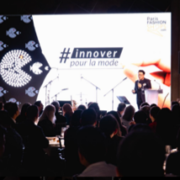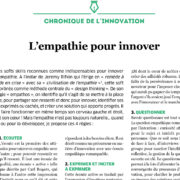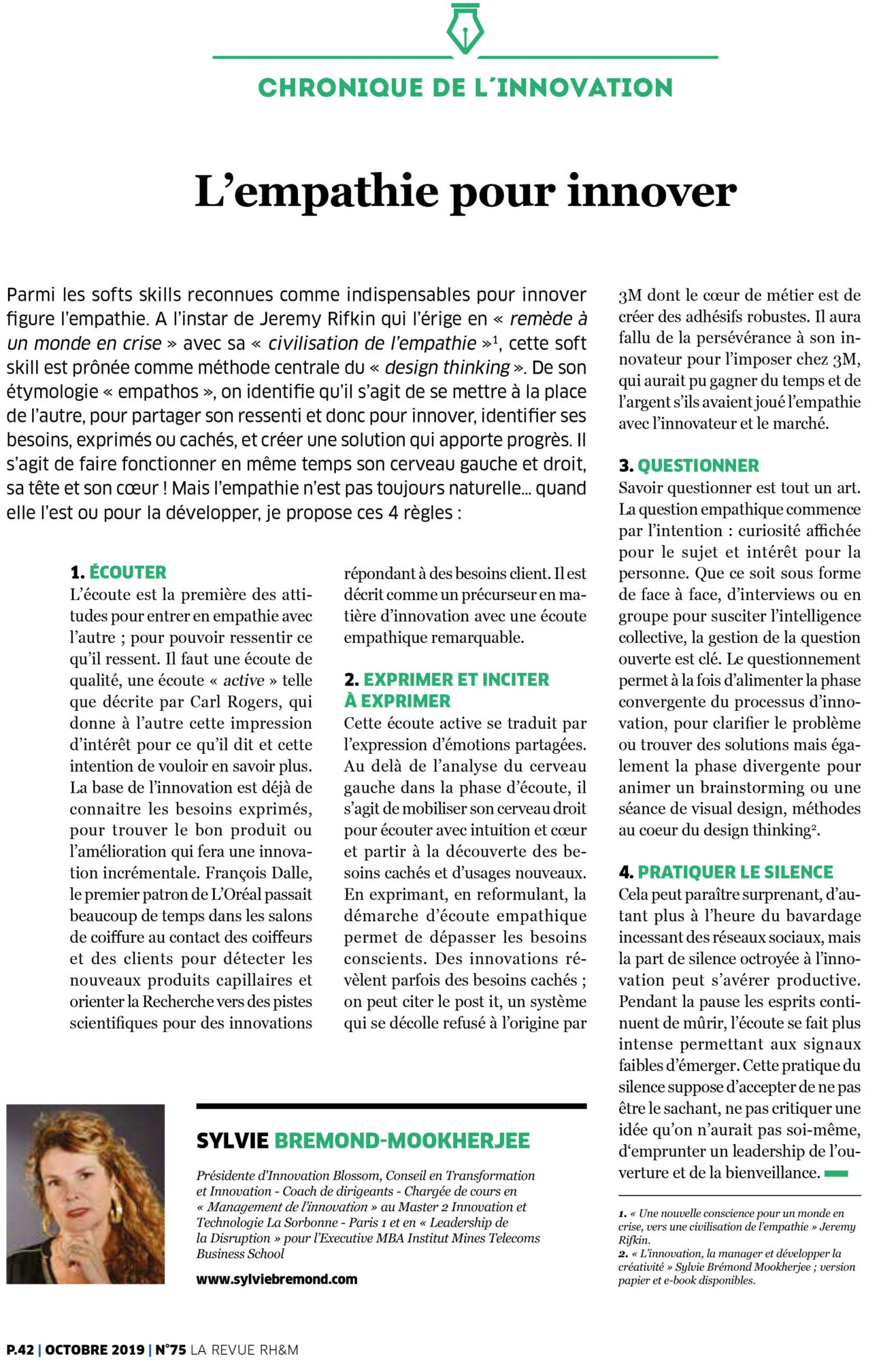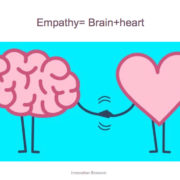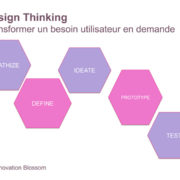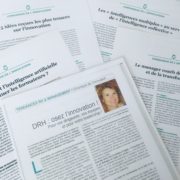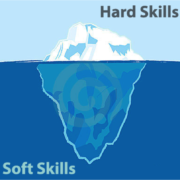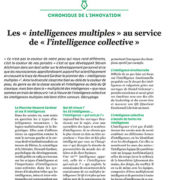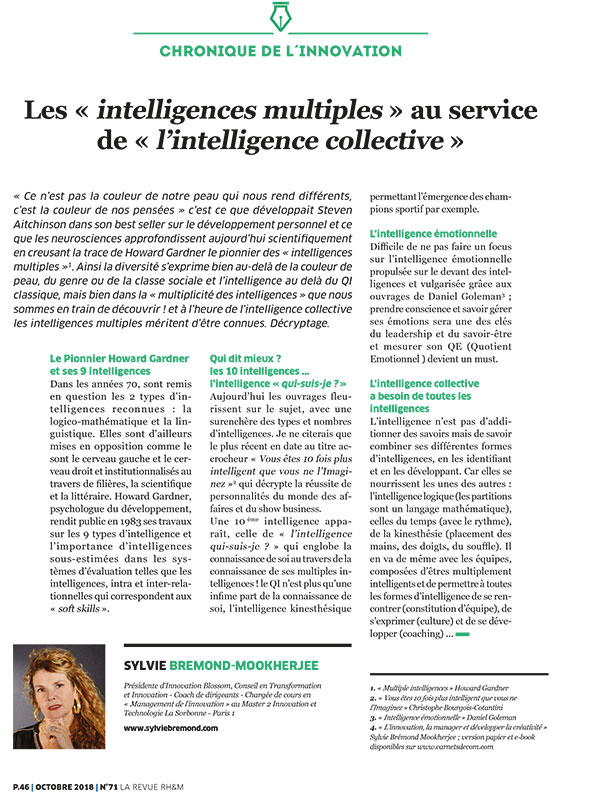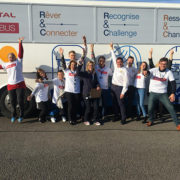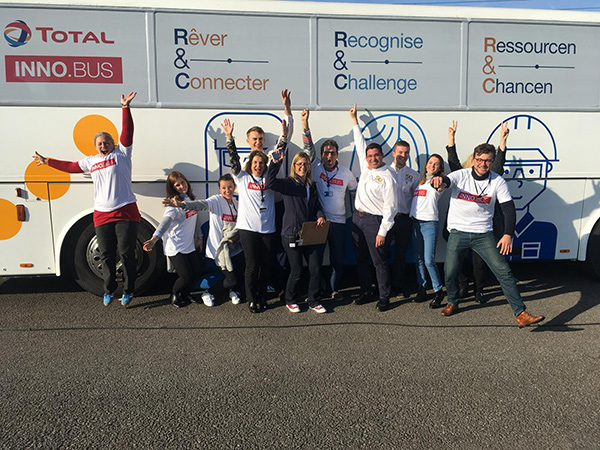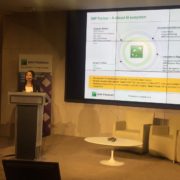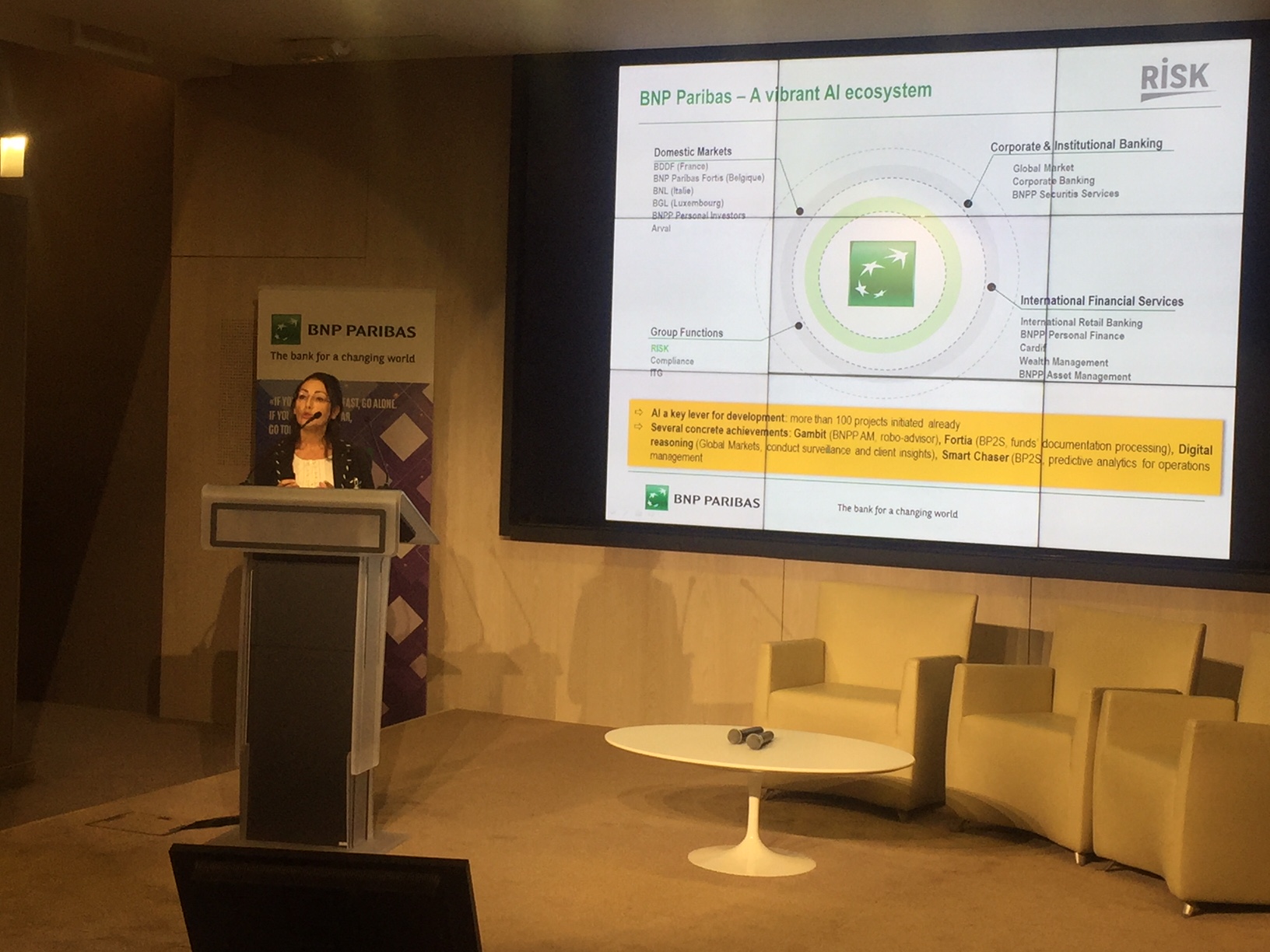Innovate for Fashion … adapt the jobs to the “Fast Fashion”!
Innovate for Fashion … adapt the jobs to the “Fast Fashion”! I am sharing with you my speech on the occasion of the Paris Fashion Shops event on November 8 th on the theme “innovate for fashion”. Created in 2016 by Jacky Z. Chang, Paris Fashion Shops is the first BtoB platform dedicated to fashion professionals. It now has 100 0000 product references made available to 100,000 retailers, 60% of which are abroad. Winner of « BFM Academie » 2019, its founding president had gathered experts in the field. And I intervened on the innovation dimension of which PFS integrated the various modes successfully. In just a few years, Paris Fashion Shops has managed to become one of the promising start ups and Le Figaro has not hesitated to name it the “Amazon of the BtoB”.
Fashion is the place of innovation par excellence.
Incremental with its trends and collections but also disruption by shaking codes. Disruptive innovation, the preserve of luxury, opens today to ready-to-wear thanks to the new possibilities opened up by Digital and Artificial Intelligence. Time is accelerating and we are witnessing the advent of “Fast Fashion”. For Innovation Blossom, innovation is a question of talents to hatch, intelligence to develop in addition to artificial intelligence. And so fashion is an exciting field of application. Indeed, like all sectors, fashion must adapt to the changing world. But more than any other sector, being in essence at the forefront of trends, it is hit hard by the digital with the strengths and constraints of “unified trade” and the wave “eco-friendly”. The fashion professions must therefore evolve or even mutate. I share with you my vision of the challenges for the 3 professions through the 3 I to develop … and especially new jobs to invent.
INSPIRATION to renew for the creative professions
Artists at heart the creators of Haute Couture and stylists make the trends.
Each designer innovated by marking the time of his brand: Coco Chanel with his sailor world copied to the creatures inspired by mangas Olivier Rousteing to reboot Balmain. Every year, and twice a year, professionals face the challenge of new collections. This is an “incremental” innovation exercise: to improve or change a product that will allow you to claim the novelty, to mark the season. Except the risk of exhaustion of the profession, the recipes of the incremental work well: lengthen or shorten ankle, knee, thigh, switch from jungle prints to plain, favor a flagship accessory … Inexpensive, these innovations are carriers of turnover by renewal of the offer. But it is the “disruption”, in fashion as in other sectors, which is the grail of innovation. It is so far the domain of great creators and luxury. Let us quote Yves Saint-Laurent, king of the disruption by shaking up the established codes, who knew how to impose for example the Tuxedo for the women, the caban in the street, to leave the leopard print of the vulgarity. But today, all the codes having been revisited, it is the digital the new field of inspiration: to create smart clothes, connected to the cloakroom or the agenda, reflection calculated in IA of my digital trace as well in color as style and size, allow them to change color in one click … allow the customer to become his own creator? to change, to change more and more quickly and more and more often. So many new skills for the stylist that adds to the capacities of imagination and drawing. We must expand the field of inspiration of this business of creative fashion par excellence to exploit the creative opportunities including the Digital and opens up to ready-to-wear with the “Fast Fashion”.
TECHNICAL INTELLIGENCE to expand for the production trades
Manufacturing and logistics are as important in innovation as creation. To allow, according to Harvard’s definition of innovation, “the idea of reaching the market”, the production trades are essential: the model makers, the little hands of the stylists, the quality controllers, all the trades techniques… But they too will have to evolve, starting with that of technical engineer or textile R & D to invent new environmentally friendly materials. It will be incremental innovation by improvement and substitution. And a new challenge comes with the acceleration of digital time which imposes even shorter production times while maintaining the level of quality. The Digital still, with its 3D printers in particular, assumes an additional technological mastery of classical textile skills. And truly disruptive, the opportunity that will be offered to customers, without being technical specialists, to make their own models. It will also be the possibility, by manufacturer itself, to eliminate the delivery time and therefore succumb to the Fast Fashion! The technical supremacy of manufacturers is to redefine the era of ready-to-wear tailored!
INTELLIGENCE CUSTOMERS to increase for the sales trades
In a global competitive environment, the sales trades demand a sharp sense of fashion. Young business school graduates are being sought for “product marketing manager” positions to develop luxury brands or ready-to-wear brands. Digital is an integral part of the strategy of communication or marketing with e-commerce. The demands of unified commerce are multiplying the skills of the different channels to mix. Hybrid, fashion, marketing and digital profiles are ideal for these functions. Retail side, the profile is also evolving. In order to cope with e-commerce, Amazon’s delivery performance or specialized textile platform, retailers need to rethink their role and their spaces. The digital has already jostled the job of buyer with the comparative in a few clicks. Marketing Product Managers and Retailers need to integrate these new opportunities to improve profitability and stay competitive. For both, the speed of creation and delivery is a reality of the Fast Fashion to take into account. But the element of differentiation will lie in the ability to establish the relationship. For the retailer, it’s about making the customer want to come and come back: in addition to the availability of selected items, to create a warm shop and a personalized welcome that will have to do better than the algorithm of sales platforms . For the marketing product manager, it is necessary to use the new modes of innovation, especially co-innovation, by associating the customer with his thoughts. In terms of customer innovation, all sectors have already adopted the Design Thinking of creating empathy with the customer to identify their deep needs and co-create with them the product of their dreams. When will the ‘consumer’ factor ‘for fashion?INTELLIGENCE OF COORDINATION to become creator, producer, broadcaster, platform partner
With the arrival of platforms, such as Paris Fashion Shops, new jobs are emerging, multidisciplinary functions combining creation / marketing / purchase / sale / digital / organization. These missions can only be held by hybrid profiles that have the sense of business but also the technical culture to manage the associated digital services. These profiles, by integrating the different components of the business, can save time on production and logistics creation cycles and fulfill customer expectations attracted by Fast Fashion. Moreover to succeed this mission must be able to operate in full transversality internally with the different trades and externally with partners and subcontractors. Of all the platforms, those of the fashion sector can make a difference with the appeal of the products and the necessary creativity to surprise. The increased professionalism to deal with today’s markets also touches on this sector which comes out of the sometimes superficial image of ephemeral creations to enter the daily uses made possible by the digital.Place of innovation par excellence the fashion has not finished to surprise us for our greatest pleasure!

